Have You any Suggestion or Queries?
Mestibulum libero nisl, porta vel, scelerisque eget, malesuada at neque wivamus eget nibhm cursleo vel metus.



Medical supplies and equipment play an essential role in healthcare settings, enabling medical professionals to diagnose, treat, and monitor patients effectively. These tools range from everyday supplies like bandages to highly specialized devices used in surgical procedures or critical care. The medical supplies and equipment industry is vast and diverse, with each type tailored to meet specific healthcare needs.
Here is an in-depth look at various categories of medical supplies and equipment:
Diagnostic tools are used to examine patients and collect data for diagnosis. These devices are critical for identifying medical conditions accurately.

Used by doctors to listen to heartbeats, lung sounds, and bowel sounds.
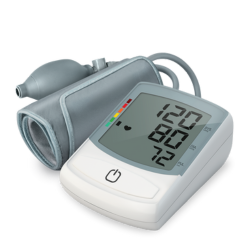
Devices used to measure blood pressure.

Used for measuring body temperature.

Devices that measure oxygen saturation levels in the blood.

Record the electrical activity of the heart to diagnose heart conditions.
Surgical instruments are specialized tools used by surgeons to perform operations. These instruments are designed for precision and functionality.

Surgical knives used for making incisions during surgeries.
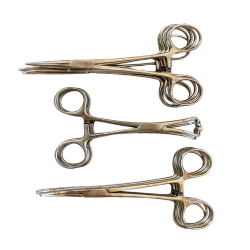
Clamps used to hold or manipulate tissues and organs during surgery.

Used for injections and drawing blood.
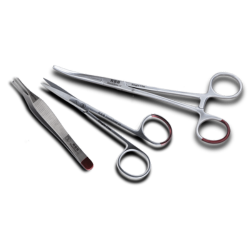
Used for cutting tissue and sutures.

Used to clamp blood vessels to control bleeding.

Devices used for cutting or coagulating tissue during surgery using electrical currents.
These devices monitor a patient’s vital signs and health condition over time, providing real-time data to healthcare providers.
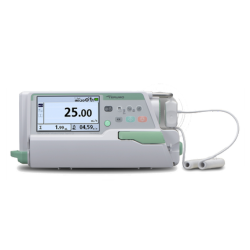
Used to deliver fluids and medications to patients in controlled amounts.
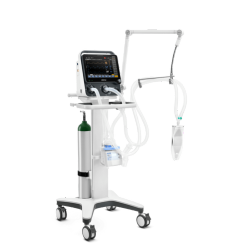
Machines that assist or take over the breathing process for patients.
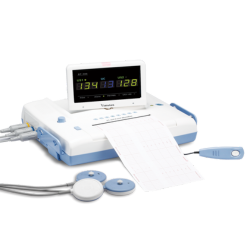
Devices used to monitor the health and well-being of a fetus during pregnancy and labor.

Track the heart rate and rhythm.
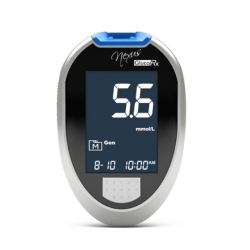
Used for diabetes management by checking blood sugar levels.
These devices are used to assist patients with movement and provide support in their daily activities.

Used for patients with mobility impairments.

Devices that assist in walking for patients with leg injuries or impairments.

Devices used to monitor the health and well-being of a fetus during pregnancy and labor.

Adjustable beds designed to provide comfort and care for patients in hospitals or at home.
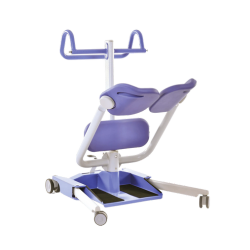
Devices like slide sheets and transfer boards help move patients from one place to another.
PPE is used to protect healthcare workers from exposure to infectious diseases and hazardous materials.
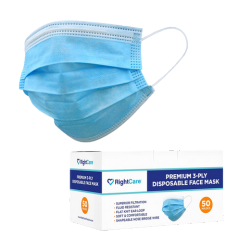
Worn to prevent the spread of infections.

Protect healthcare workers from direct contact with bodily fluids and harmful substances.

Used for eye protection during procedures where splashes may occur.
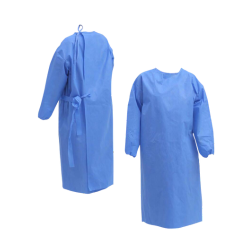
Protect the wearer from contaminants during medical procedures.
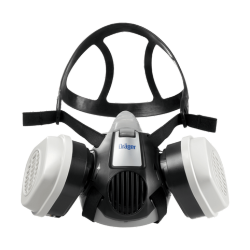
Provide high-level protection against airborne pathogens.
Medical imaging tools are essential for diagnosing and monitoring a wide range of medical conditions by visualizing internal structures.

Used to produce images of bones and internal organs.

Provide detailed images of organs, tissues, and structures inside the body.

Use X-rays to create cross-sectional images of the body.

Use sound waves to create images of internal organs and tissues.
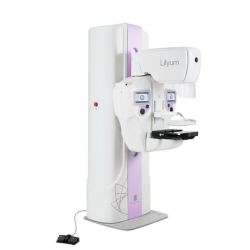
Used for breast cancer screening by imaging breast tissue.
Laboratory equipment is crucial for conducting tests and experiments that aid in the diagnosis and treatment of diseases.

Used to examine cells and microorganisms.

Separate substances of different densities using rapid spinning.

Shallow containers used for culturing microorganisms.

Used to collect blood samples for analysis.

Used for analyzing urine samples for various medical conditions.

Used to test blood, urine, or other body fluids for specific health markers.
Wound care is essential for treating injuries and promoting healing, especially after surgeries or accidents.
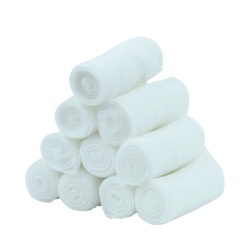
Used to cover and protect wounds.
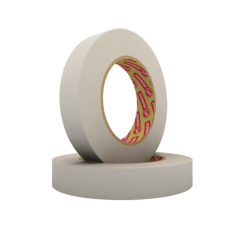
Secure dressings or bandages to the skin.
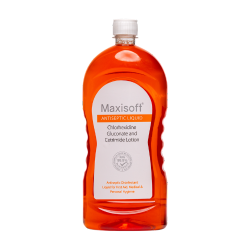
Used to clean wounds and prevent infections.

Used for dressing surgical wounds or open cuts.

Specialized dressings that help speed up healing by providing a moist environment.
Respiratory devices are essential for patients with breathing difficulties, either temporarily or chronically.

Provide supplemental oxygen to patients with low blood oxygen levels.

Devices that deliver medication in mist form for treating respiratory conditions like asthma.

Continuous Positive Airway Pressure machines used for treating sleep apnea.
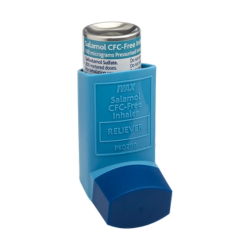
Devices for delivering asthma or COPD medications directly to the lungs.
These devices are used for rehabilitation and therapy to help patients recover from injuries, surgeries, or chronic conditions.

Used for pain management by delivering electrical pulses to nerve endings.

Such as ultrasound and electrical stimulation machines, used to promote healing in musculoskeletal injuries.

Devices like braces, splints, or artificial limbs that help in rehabilitation or replace missing body parts.

Used to manage pain and inflammation during physical rehabilitation.
Medical supplies and equipment are fundamental to modern healthcare. They range from basic tools like bandages to advanced technology used in diagnostics and surgeries. Each piece of equipment plays a vital role in patient care, helping medical professionals deliver accurate diagnoses, perform surgeries, monitor health conditions, and provide rehabilitation.
As technology advances, the medical supplies and equipment industry will continue to evolve, ensuring better care, improved outcomes, and enhanced patient safety across healthcare settings worldwide.
Mestibulum libero nisl, porta vel, scelerisque eget, malesuada at neque wivamus eget nibhm cursleo vel metus.




RSND partners with you to reduce costs and improve patient outcomes by optimizing supply chain logistics and leveraging innovation to navigate the future of healthcare.
Being a single source with more products and choices means we can equip you to care for any patient.
© 2025 RSND Heath Care Solutions. All rights reserved. Design & Developed by CodeSquadrons.